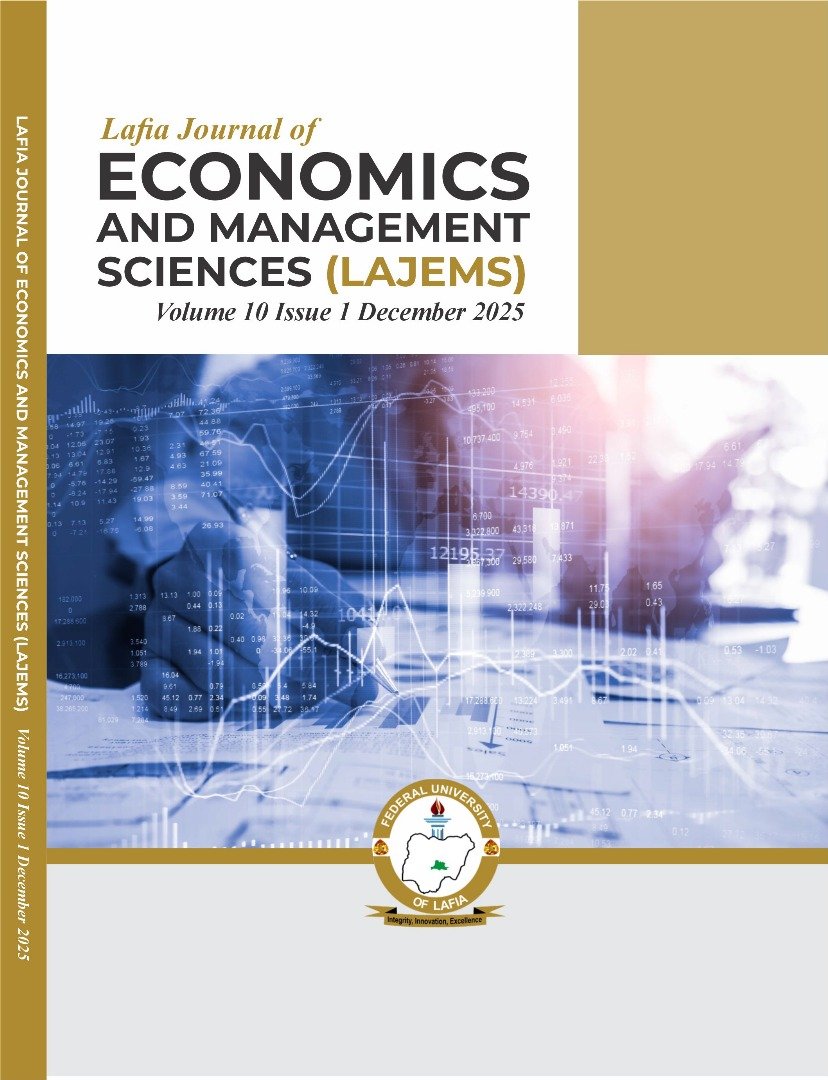Real Output Growth and Migrant Remittances in Nigeria
DOI:
https://doi.org/10.70118/lajems-%2010-1-2025-02Palavras-chave:
Migrant, Remittances, Real Output Growth JEL Classification Codes: F22, F24, O47Resumo
This study focused on the effects of real output growth on migrant remittances in Nigeria. While real output has alternated between negative and positive growth within the period, diaspora remittances have continued to rise in magnitude and importance as a source of foreign capital in Nigeria. To isolate and reexamine the relationship between them, the study developed and estimated a linear model using data sourced from Central Bank of Nigeria Statistical Bulletin and World Bank Development Indicators. The Autoregressive Distributed Lag (ARDL) model bound test approach to co-integration was applied. It was found that real output had a positive relationship with migrant remittances in line with a prior expectation. Control variables such as exchange rate, inflation and financial development all exhibited the expected relationships with migrant remittances. One policy implication of our finding centres on promoting output. This entails tempering the profound impediments to basic production, country wide. These impediments include infrastructure inadequacy and insecurity. For improved remittance flow, adequate attention also needs to be paid to all determinants which demonstrated significant impact on diaspora remittances. These include exchange rate, inflation and financial development.
Downloads
Publicado
Edição
Secção
Licença
All right reserved. No part of this book may be reproduced or transmitted in any form or any means without prior permission in writing from the copyright owner.





